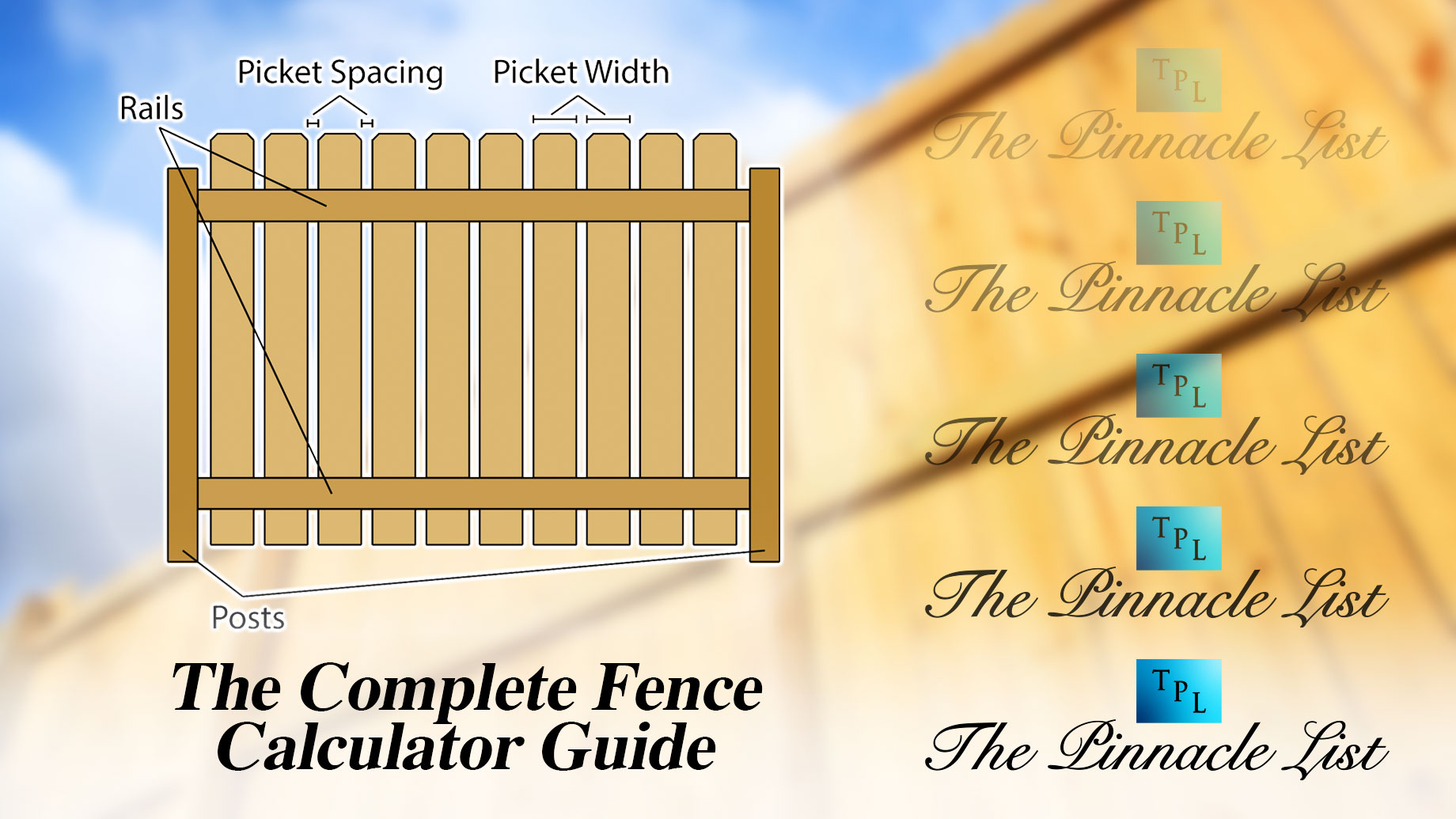
A fencing calculator helps homeowners determine the price, size, and supplies required for their project. Fence calculators also estimate the number of rails, nails, and pickets needed while giving the post’s recommended height and depth.
Below we discuss the complete fence calculator guide.
How to Determine the Cos of Your Fence Project
Homeowners must fill out details regarding their fencing project to get an estimated price for the entire project.
Fencing Length
Your fencing’s entire length should be your first consideration to get an estimate of the entire project. Remember, corners are included in the privacy perimeter fencing, and you can use wooden pegs to mark the corners.
Homeowners should also measure the length of every piece to get the overall fence length. Some fencing businesses might give you a fixed price or an estimate, but this depends on the price per acre.
Fencing Height
A fence’s height is mainly influenced by its intended purpose. Homeowners who intend to install a fence for privacy should put it beyond eye level. A privacy fence’s standard height is eight feet, although it can be as tall as twelve feet.
Ornamental or decorative fences are generally shorter, ranging from three to four feet. On the other hand, pool fences keep children away from the pools. These fences should have a minimum of five feet, and you can use a pool calculator to determine the price of a tarp cover.
Fence Post Distance
Fence post spacing is the distance between posts. Homeowners are advised against having big spaces between the posts, as it makes them weak. Fence caps and posts are additional expenditures, meaning you might have a higher fence price by putting them close to each other.
Wooden fences are installed six to eight feet apart, while fencing for farm needs requires twelve feet.
Fence Post Depth
Fence posts should be put deep in the ground to make them stable and long-lasting. The fence hole should be deep enough and at least half your fence’s height.
You might also use gravel to the pos hole to improve drainage and avoid fence damage.
Rails
Rails are the horizontal pieces that link fence posts and are also attached to the fence pickets. The general rule of thumb is to install one rail for every two inches of fence height. However, decorative fences with more than three feet of height need a minimum of two rails.
Rails can either be toe-nailed or face-nailed. Face rails are put on the face posts, while toenails are on the side.
Pickets
Pickets are described as vertical boards put on the rails, and they improve the structure’s support. Remember, wood can shrink or expand, which creates gaps or warping. Pickets should be evenly distributed to make the posts firm.
If you prefer an ornamental style, you can consider loop top fencing, which provides both aesthetic appeal and security.
Final Thoughts
The fence is one of the most essential parts of a house, as it keeps the residents safe and instills a sense of privacy. The above article has discussed the complete fence calculator guide, and more information is available online.